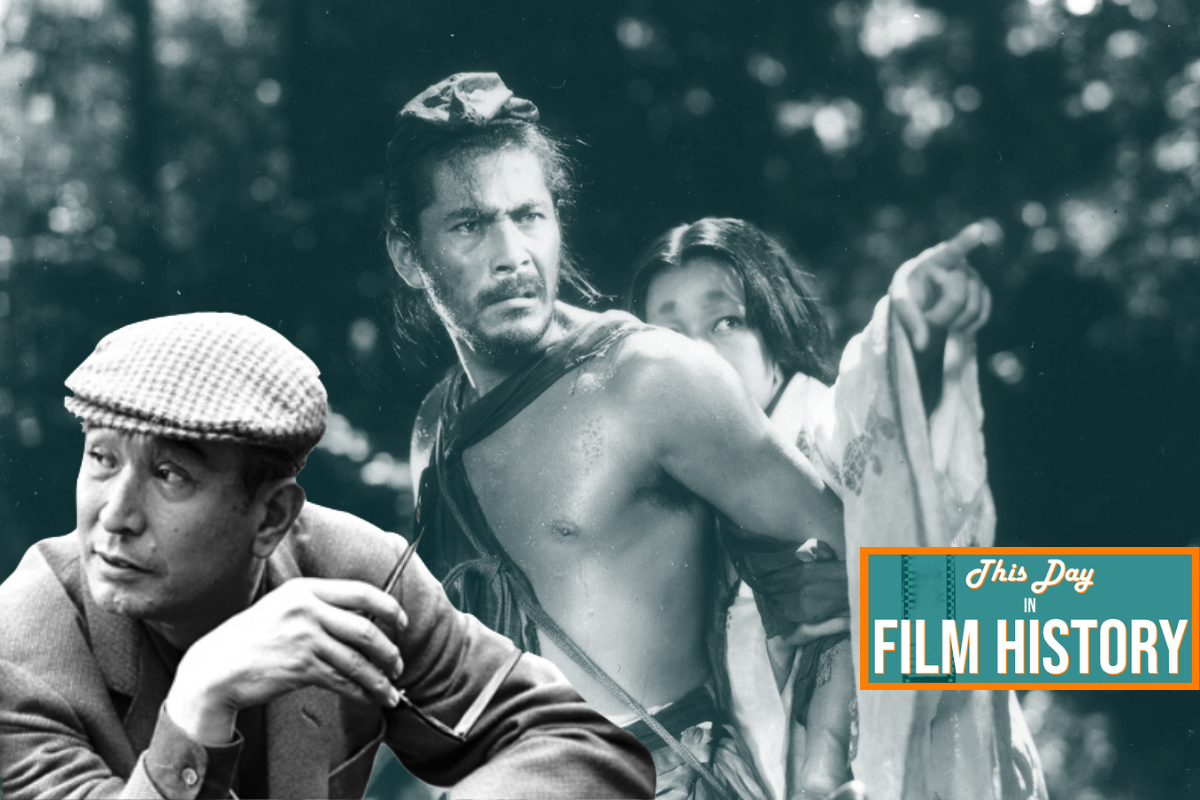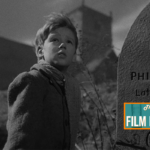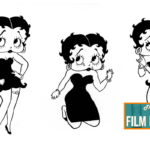
Trigger warning: this article mentions heavy themes such as sexual assault
With the introduction and mass normalization of social media in our lives, it’s safe to say there’s not much to fully agree on anymore. We may look to certain communities online, whether it be finding like-minded people with similar political/social views as yourself, or finding folks that share a love of something you also enjoy (yes, that is how I ended up writing about film online.) One thing I think that we, in our tiny corner of the world and in our own limited views, can agree wholeheartedly on is this: Akira Kurosawa is, was, and always will be one of the greatest storytellers (of any medium) to grace God’s Green Earth. He was a man who understood the complexity, ambiguity, and weight that came with being a part of this world. Never is that made more clear than in his 1950 masterpiece, “Rashomon,” which was released on this day in 1950.

This movie feels heavy. It felt heavy reading the synopsis, it felt heavy when watching it, and, I imagine, there was a feeling of heaviness when making this. We are first introduced to a priest, a woodcutter, and a commoner, who are all taking shelter from the pouring rain under the Rashomon city gate. The priest and the woodcutter begin to tell the commoner how a samurai was murdered, and his wife was raped. These three act as the narrative frame for the movie, as we then spend a bulk of the movie hearing the testimony of the wife, the bandit who assaulted the wife and allegedly murdered the samurai, and the samurai, who testifies from beyond the grave through the use of a spiritual medium. The priest and the woodcutter both served as witnesses of sorts, as the priest had seen the couple before the incident, and the woodcutter testified as to the one who had found the body of the samurai. Later, back at the Rashomon gate, as the priest, woodcutter, and commoner all debate the truth and ambiguity of the situation, we get the testimony of one more: the woodcutter himself, who admits that, rather than simply stumbling upon the dead samurai, he actually witnessed the incident himself.

There is a massive weight that is tackled here. We are given a dark, horrific incident, which is being told by four unreliable narrators, but that’s not even where the bulk of this weight comes from. The woodcutter and priest are both visibly shaken up by the incident, but the addition of this commoner brings in the questions of morality: Who in this world is truly good? If we can’t trust these testimonies, how do we know what actually happened? Aren’t we all evil? The woodcutter gets, well, cut down by this commoner, because he has already been proven to be less than honest with his initial account of the incident, but the priest seems to be the one the commoner is looking to rattle the most. He mentions his faith in humanity early on in the film, and at one point tries to stop the retelling of these incidents and testimonies. “I don’t want to hear it,” he says. “No more horror stories.” To which, the commoner replies, “They are common stories these days. I even heard that the demon living here in Rashomon fled in fear of the ferocity of man,” a quote which I would argue sets up the main theme for the bulk of the movie. After we learn about the extent of the woodcutter’s dishonesty, our priest seems willing to abandon his faith in mankind altogether. “Year after year, it’s been nothing but disasters. And bandits descend upon us every night. I’ve seen so many men getting killed like insects, but even I have never heard a story as horrible as this. Yes. So horrible. This time, I may finally lose my faith in the human soul.”
But Kurosawa, of course, had yet to reveal the true theme of the movie. As these three are shouting and fighting over the evil of man, we hear the cries of a baby, who was abandoned at the gate. The commoner tries to steal a kimono and amulet that was left with this child and defends his actions when the woodcutter tries to shame him. The woodcutter had also stolen from the scene of the crime that set in motion the events of this movie: he stole a dagger that may or may not have killed the samurai, and presumably sold it. This appears to be the final straw for the priest, as the commoner points out how hypocritical it is for one thief to chastize another thief, and adds that all men are solely motivated by self-interest. But, the woodcutter decides to care for the child, a decision that the priest was reluctant to accept until it was revealed that this child would be cared for along with his six children. The revelation of his children, along with the decision to care for the child in the face of all the evil in the world, made the priest reclaim his faith in humanity.

Akira Kurosawa approached this with such unexpected grace; I was in tears by the end card. His approach to this film, with minimal sets, simplified techniques when it comes to sound, and collaboration with his cinematographer, are all remarkable. This was truly an experimental film that paid off in a big way. We’re still talking about this movie seven decades later; heck, the Rashomon effect was named after this film. “Rashomon” feels relevant today for many reasons: for its revolutionary filmmaking techniques, and for its messages and themes on the good of man and point of view. And in our day and age, these themes are needed more than ever.
“Rashomon” is available to watch on HBO Max today.







